BLOG
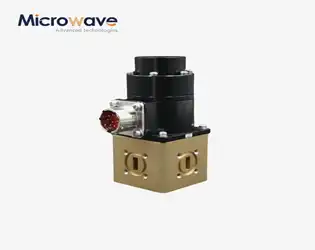
How Reliable Is a Waveguide Electromechanical Switch in Harsh Environments?
December 15, 2025
When critical mission systems fail in extreme conditions—whether it's a radar system in Arctic temperatures, satellite communication equipment in the vacuum of space, or military surveillance gear in desert heat—the consequences can be catastrophic. Engineers and procurement specialists in aerospace, defense, and telecommunications face a constant challenge: ensuring their microwave systems perform flawlessly regardless of environmental extremes. Waveguide Electromechanical Switches have emerged as the trusted solution for these demanding applications, offering exceptional reliability where failure is not an option. These precision-engineered components maintain consistent performance across temperature ranges from -55°C to +85°C, withstand intense vibrations and mechanical shocks, and deliver millions of switching cycles without degradation—making them indispensable for mission-critical operations worldwide.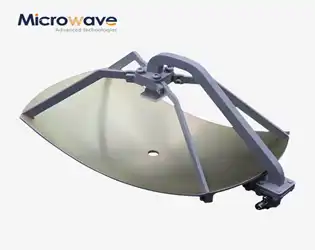
How to Choose the Best Parabolic Antenna for VSAT?
December 12, 2025
Picture this: Your remote mining operation loses connectivity during a critical data transmission, costing thousands in downtime. Your maritime vessel struggles with intermittent satellite signals during crucial navigation. Your defense communication system fails precisely when reliability matters most. These scenarios share one common thread—inadequate parabolic antenna selection for VSAT applications. Choosing the right Parabolic Antenna for Very Small Aperture Terminal systems isn't just about picking the largest dish or the cheapest option; it's about understanding the intricate balance between gain, frequency bands, environmental resilience, and application-specific requirements. This comprehensive guide will walk you through every critical factor you need to consider when selecting a Parabolic Antenna for VSAT, ensuring your satellite communication system delivers optimal performance, reliability, and return on investment in even the most demanding conditions.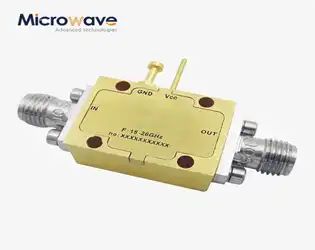
Top Voltage Controlled Phase Shifter Types for RF Systems
December 12, 2025
In modern RF and microwave systems, maintaining precise phase control is critical for applications ranging from phased array antennas to satellite communications. Engineers frequently face challenges when signal phase drift causes beam steering errors, system calibration failures, or degraded performance in radar and communication networks. A Voltage Controlled Phase Shifter (VCPS) provides the solution by enabling continuous, precise phase adjustment through voltage control, making it an indispensable component in today's advanced wireless infrastructure, defense systems, and aerospace applications where phase accuracy directly impacts system performance and reliability.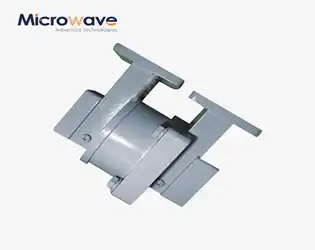
What Frequency Ranges Can a Waveguide Single Channel Rotary Joint Support?
December 12, 2025
Picture this scenario: you are managing a critical satellite ground station, and your antenna tracking system must maintain flawless signal transmission while rotating continuously to follow satellites across the sky. A single moment of signal degradation could mean lost data worth millions, dropped communications, or mission failure. This is where understanding the frequency capabilities of your Waveguide Single Channel Rotary Joint becomes absolutely critical. These specialized microwave components typically support frequency ranges from as low as 2 GHz up to an impressive 110 GHz, with many modern designs optimized for operation up to 40 GHz to accommodate next-generation satellite communication systems, advanced radar applications, and high-frequency defense systems. The frequency range determines not only compatibility with your existing infrastructure but also the long-term viability of your investment as communication standards evolve toward higher frequencies.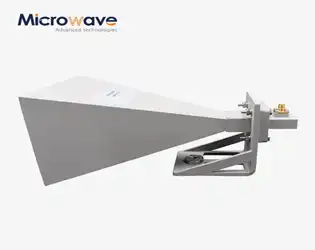
Standard Gain Horn Antenna: Understand Its Working Principle And Application Areas
December 9, 2025
In today's high-frequency communication landscape, engineers and researchers face a persistent challenge: how to achieve accurate signal transmission and reception across vast frequency ranges without compromising measurement precision. Whether you're calibrating radar systems, conducting electromagnetic compatibility testing, or developing satellite communication infrastructure, inconsistent antenna performance can lead to costly errors and project delays. The Standard Horn Antenna emerges as the solution to these critical challenges, offering predictable radiation patterns, stable gain characteristics, and exceptional reliability across frequencies from 1 GHz to 110 GHz. This comprehensive guide explores the fundamental working principles behind Standard Horn Antenna technology and reveals how these precision instruments enable breakthrough applications in aerospace, defense, telecommunications, and scientific research.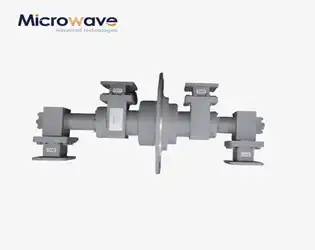
What is the principle of RF rotary joint?
December 9, 2025
In modern radar systems, satellite tracking stations, and defense applications, a critical challenge emerges: how do you maintain pristine signal transmission between components that are constantly rotating and those that remain stationary? Signal degradation, cable twisting, and mechanical failures can compromise mission-critical operations. The principle of RF rotary joint technology, particularly through advanced solutions like the Dual Channel Coaxial Rotary Joint, addresses this fundamental challenge by enabling seamless radio frequency signal transmission across rotating interfaces without distortion or loss. Understanding this principle is essential for engineers and procurement specialists working in aerospace, telecommunications, and defense sectors where uninterrupted signal integrity determines operational success.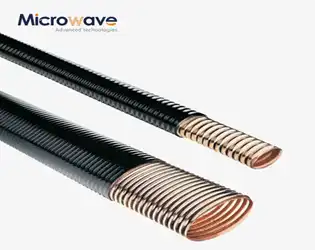
Elliptical Waveguide vs Rectangular: Which Is Better?
December 9, 2025
When designing high-frequency microwave systems for satellite communications, radar installations, or defense applications, engineers face a critical decision that can impact system performance, installation costs, and long-term reliability. Choosing between an Elliptical Waveguide and rectangular waveguide isn't just about technical specifications—it's about finding the optimal solution that balances efficiency, flexibility, installation complexity, and budget constraints. This comprehensive analysis examines both waveguide types from multiple perspectives to help you make an informed decision for your specific application requirements.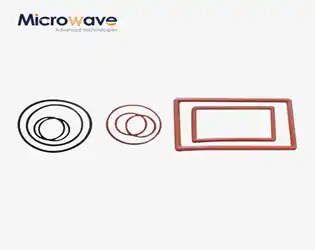
How to Choose a Waveguide Flange Gasket for High Power Use?
December 8, 2025
When operating high-power microwave systems, selecting the wrong Waveguide Flange Gasket can lead to catastrophic signal leakage, arcing damage, and complete system failure during critical operations. Imagine discovering poor signal integrity during a crucial satellite transmission or experiencing equipment breakdown during a defense radar mission—these scenarios demand precise gasket selection from the start. This comprehensive guide addresses the critical factors engineers and technicians must consider when choosing Waveguide Flange Gasket solutions for demanding high-power applications across telecommunications, aerospace, defense, and navigation industries.




